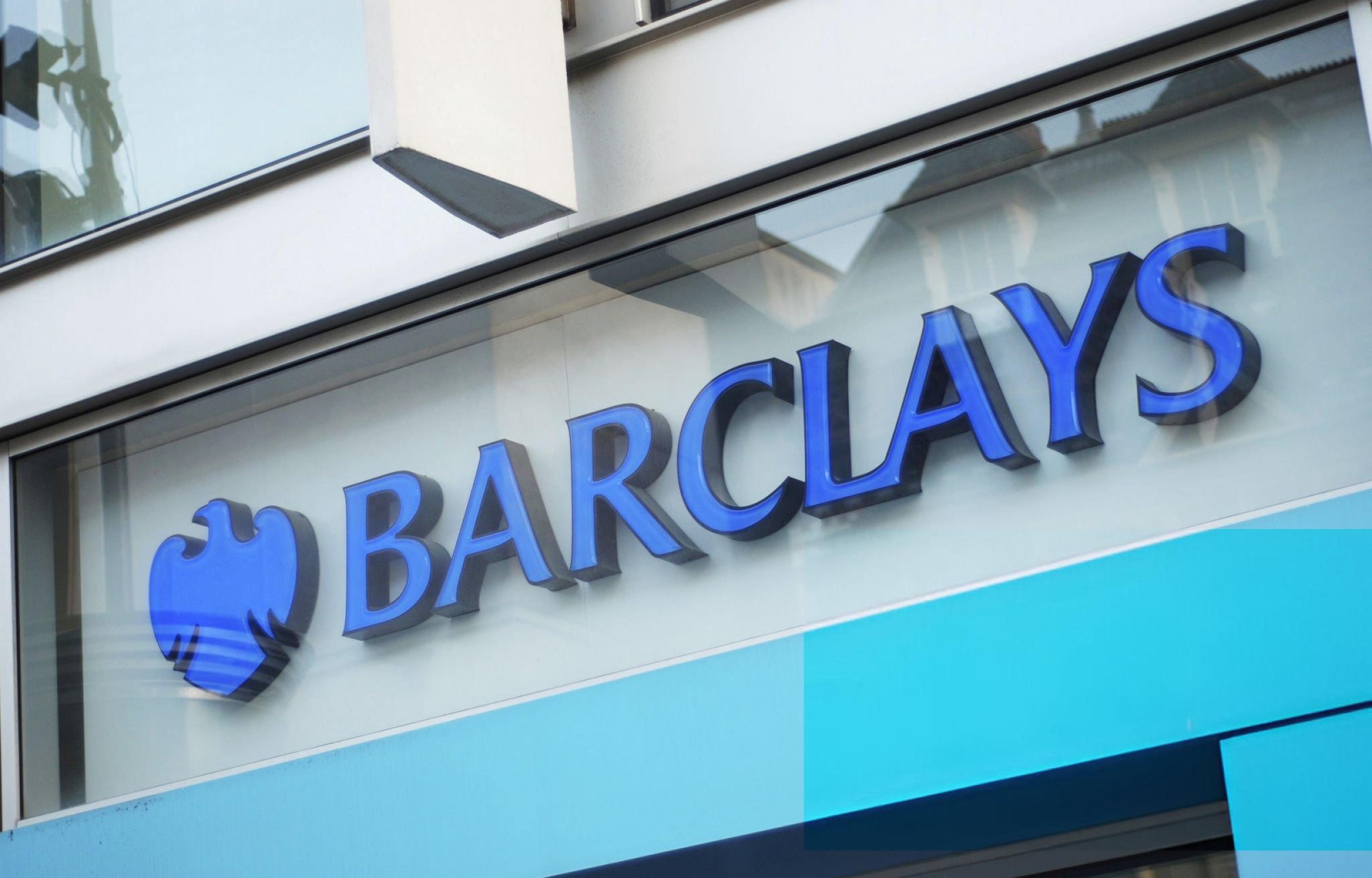Shareholders in two of the UK’s largest banks, Barclays and NatWest, are eagerly anticipating the release of annual results this week, with hopes of further strong returns following a period of significant share price growth. Over the past year, both firms have seen their stock prices more than double, with Barclays surging 111% and NatWest rising by 105%.
The banking sector has enjoyed a robust recovery, aided by high interest rates and improved trading conditions. However, as economic uncertainty lingers and interest rates are expected to fall in 2025, investors will be looking for clear guidance from both institutions on how they plan to navigate the shifting financial landscape.
Barclays to announce strong performance on February 13
Barclays will be the first to report its full-year performance for 2024 on Thursday, February 13. The bank is widely expected to post stronger profits, driven by elevated interest rates and a resurgence in mergers and acquisitions (M&A) activity. Analysts predict that the firm will report a pre-tax profit of £8.1 billion for the year, a significant rise from £6.6 billion in 2023.
In its previous financial update in October, Barclays attributed its improving profitability to a recovery in deal-making, particularly in investment banking. Revenue from underwriting and investment banking fees jumped 58% year-on-year in the third quarter, signalling renewed confidence in global financial markets.
The positive performance has also translated into strong returns for shareholders. The bank is expected to declare a dividend of 8.6p per share, returning a total of £3 billion to investors when combined with £1.8 billion in share buybacks.
Matt Britzman, senior equity analyst at Hargreaves Lansdown, highlighted key areas investors will focus on, stating:
“Barclays has more exposure to the US than other UK banks, so there will be focus on how its US credit card customers are keeping up with repayments, as well as the usual eyes on UK loan default levels, which have been robust of late. Interest rate expectations for 2025 will also be key, particularly any guidance on UK net interest income.”
With central banks around the world signalling potential rate cuts in the coming months, Barclays’ outlook on how lower interest rates will impact lending and profitability will be of particular interest to investors.
NatWest to reveal annual results on February 14
NatWest is set to release its annual earnings report on Friday, February 14. While the bank has also seen a strong share price performance over the past year, it is expected to report slightly lower profits. Analysts estimate a pre-tax profit of £6.1 billion for 2024, compared with £6.2 billion in 2023.
Despite this modest decline, analysts view the results as solid, given the backdrop of easing interest rates. NatWest is also expected to benefit from a reduction in impairments, as lower borrowing costs help reduce the number of businesses and individuals defaulting on loans.
In its last quarterly update, NatWest surprised the market with stronger-than-expected profits, boosting investor confidence. The bank has also made notable progress in managing costs, while navigating challenges in the mortgage sector.
Susannah Streeter, head of money and markets at NatWest, commented on the bank’s recent performance:
“NatWest has been on a roll, with its share price doubling over the past year. It’s up 8% in 2025 so far, benefiting from the tailwind of positive sentiment towards UK stocks and by its third-quarter results beating expectations. There’s been continued progress in keeping costs under control, and although mortgage pricing has been proving a little painful over recent quarters, that will drop out of the equation moving forward.”
The impact of interest rate cuts
One of the key themes for both banks will be the outlook on interest rates. Last week, the Bank of England cut interest rates to 4.5% and indicated that further cuts could be on the horizon as it aims to bring inflation back to its 2% target.
For Barclays and NatWest, lower rates could pose a challenge to profitability, as banks typically benefit from higher net interest margins when borrowing costs are elevated. However, declining rates could also lead to an increase in consumer borrowing and business investment, potentially offsetting some of the negative impact.
Both banks will provide their own assessments of how rate cuts could affect their earnings in 2025 and beyond. Investors will be particularly interested in how Barclays’ and NatWest’s loan books are positioned to withstand changing market conditions.
Looking ahead: Investor sentiment and market confidence
The strong performance of both banks’ shares reflects renewed investor confidence in the UK banking sector. The past year has been marked by improved economic resilience, strong lending activity, and a rebound in investment banking. However, uncertainty remains regarding the impact of lower interest rates, global economic headwinds, and regulatory changes.
As Barclays and NatWest report their results, investors will be looking for reassurance that both institutions remain well-positioned to deliver steady returns despite potential challenges ahead.
With dividend payouts, share buybacks, and strategic insights on the horizon, the coming week could prove pivotal for shareholders eager to capitalise on the banks’ continued success.






